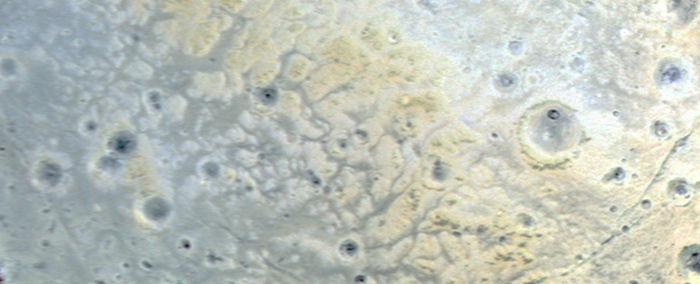House committee reshapes NASA budget
The House appropriations committee has outlined its recommendations for NASA’s 2017 budget.
Like the Senate the House is pushing more money for SLS and is demanding NASA use it to fly two missions to Europa in the early 2020s (likely delaying SLS’s first manned mission), In addition, the House wants NASA to abandon any plans for an asteroid mission and instead go back to the Moon. They also pumped up the planetary program, and express reservations about the manned commercial program.
Finally, in a wonderful example of congressional micro-managing, the committee ordered NASA to begin work on flying an interstellar mission to Alpha Centauri by the 100th anniversary of Apollo 11.
While some of the changes the committee is recommending (increasing planetary research funding for example) make sense, the overall priorities of Congress continue to appear to me to be misplaced. Their continuing emphasis on SLS while questioning commercial space illustrates their focus on pork rather than actual accomplishments. And their continuing effort to micromanage many NASA missions does not bode well for the success of those missions.
There is one takeaway from this House budget recommendation that most news sources are missing: The first manned flight of Orion is almost certainly not flying in 2021. I have seen numerous indicators in the past four months suggesting that NASA is going to delay it, and this budget recommendation’s insistence that NASA use SLS to fly Europa missions in 2022 and 2024 almost guarantees that delay.
The House appropriations committee has outlined its recommendations for NASA’s 2017 budget.
Like the Senate the House is pushing more money for SLS and is demanding NASA use it to fly two missions to Europa in the early 2020s (likely delaying SLS’s first manned mission), In addition, the House wants NASA to abandon any plans for an asteroid mission and instead go back to the Moon. They also pumped up the planetary program, and express reservations about the manned commercial program.
Finally, in a wonderful example of congressional micro-managing, the committee ordered NASA to begin work on flying an interstellar mission to Alpha Centauri by the 100th anniversary of Apollo 11.
While some of the changes the committee is recommending (increasing planetary research funding for example) make sense, the overall priorities of Congress continue to appear to me to be misplaced. Their continuing emphasis on SLS while questioning commercial space illustrates their focus on pork rather than actual accomplishments. And their continuing effort to micromanage many NASA missions does not bode well for the success of those missions.
There is one takeaway from this House budget recommendation that most news sources are missing: The first manned flight of Orion is almost certainly not flying in 2021. I have seen numerous indicators in the past four months suggesting that NASA is going to delay it, and this budget recommendation’s insistence that NASA use SLS to fly Europa missions in 2022 and 2024 almost guarantees that delay.


